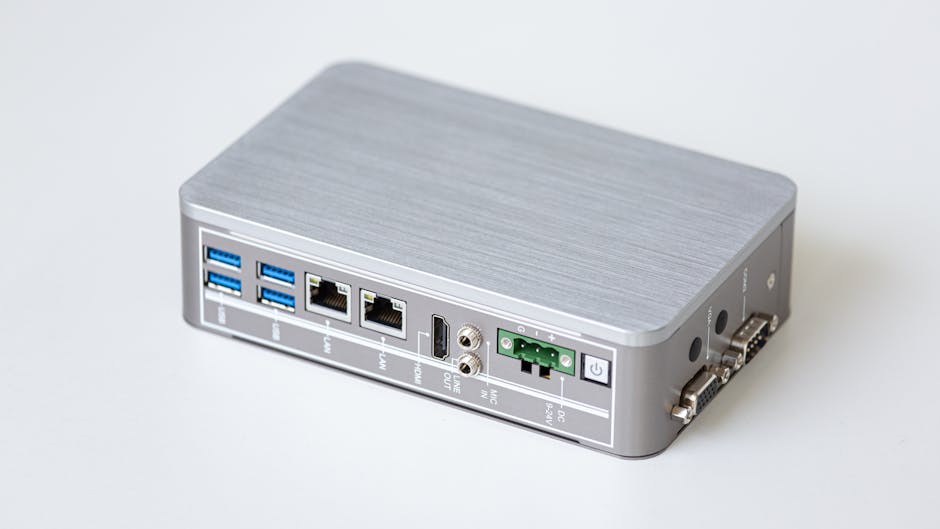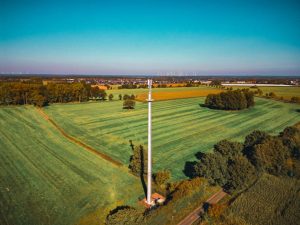Is the Hub and Spoke WAN Model the Future of AI-Ready Networks?

As enterprises increasingly adopt artificial intelligence (AI) and cloud technologies, network architectures must evolve to keep up with the growing demands of data-driven environments. Traditional legacy MPLS networks, while still widely used in 2025, may not efficiently address the unique challenges posed by these advancements. TeleGeography’s WAN Cost Benchmark platform has provided valuable insights into how organizations can transition from outdated systems to modern, AI-ready architectures, such as the Hub and Spoke WAN model.
The Shift from MPLS to Hybrid and Internet-First Networks

Pexels
For years, businesses moved away from MPLS-based WANs in favor of hybrid or internet-first alternatives that leverage SD-WAN overlays for flexible connectivity, cost savings, and improved performance. While cost reduction was historically a primary driver of this transition, today’s network evolution is centered around bandwidth optimization, resiliency, and cloud integration. As AI further embeds itself into workflows, the need for scalable and efficient networks capable of handling AI-driven bandwidth crunches becomes critical.
SD-WAN proved effective for managing hybrid networks, offering dynamic path selection and application-specific policy enforcement. However, for certain enterprises, placing ultimate flexibility at the forefront creates unnecessary complexity. Enter the Hub and Spoke WAN model—a fundamental shift in network design.
Understanding the Hub and Spoke WAN Architecture

Pexels
The Hub and Spoke WAN model brings a revolutionary approach to enterprise networking by prioritizing centralized control and deterministic traffic routes. In this setup, branch offices (spokes) connect directly to regional data centers (hubs) via private lines, creating a private backbone network. Unlike fully meshed private networks like MPLS or flexible SD-WAN overlays, this architecture simplifies traffic routing while enhancing security and cost efficiency.
What makes the Hub and Spoke WAN particularly compelling in the AI era? Its centralized design accommodates the immense data processing and bandwidth demands of AI workloads. With compute and data centralized in well-connected hubs, enterprises gain a streamlined and secure platform for training and inference of large AI models. Moreover, private connectivity to hubs ensures predictable performance and isolates traffic, minimizing security risks associated with internet-based alternatives.
Operational Impacts and Potential Costs

Pexels
Adopting the Hub and Spoke WAN model requires enterprises to take an active role in managing their private backbone networks. This includes sourcing and maintaining backbone components, choosing co-location facilities for hubs, and ensuring long-term capacity planning. While this operational shift places more responsibility on IT teams, it also empowers organizations to have greater control over their network’s performance and scalability.
The cost implications of this architecture are noteworthy. By eliminating the need for SD-WAN overlays, enterprises can significantly reduce costs associated with complex dynamic path selection systems. Additionally, with critical traffic confined to private lines, security management becomes simpler, turning this architecture into a strategic choice for enterprises prioritizing stability and predictability over flexibility.
A Future-Ready Solution for AI-Driven Enterprises

Pexels
For organizations seeking an AI-ready network, the Hub and Spoke model presents a forward-thinking solution. Its ability to centralize operations while scaling bandwidth incrementally makes it ideal for addressing the growing demands of AI training and applications. Enterprises can leverage tools like TeleGeography’s WAN Cost Benchmark platform to simulate different configurations and understand the cost-performance trade-offs of upgrading to this modern architecture.
Whether your organization aims to reduce costs, enhance network resilience, or position itself for the future of AI integration, exploring the Hub and Spoke WAN model could be a game-changing decision. The time to rethink traditional architectures is now, as technology continues to reshape the landscape of enterprise networks.




